Making a duvet cover from a coverlet
acnj
16 years ago
Related Stories
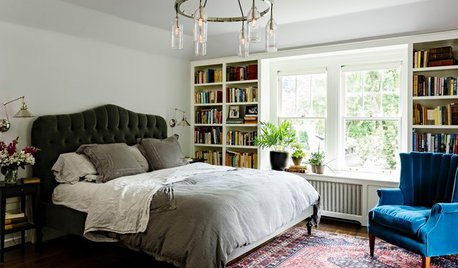
BEDROOMSCoverlet, Duvet, Quilt, Comforter: What's the Difference?
Learn the basics of great bedding options and how to use them for great comfort and style
Full Story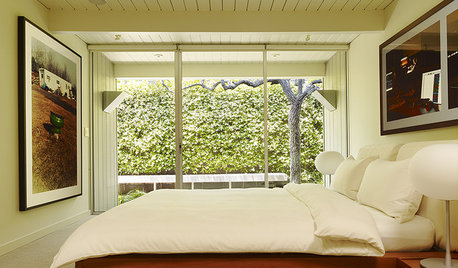
BEDROOMSGet Maximum Coziness in a Minimalist Bed
If stacks of plump pillows and fluffy coverlets make you toss and turn, make your bed in a simpler style that's no less comforting
Full Story
MOST POPULARSo You Say: 30 Design Mistakes You Should Never Make
Drop the paint can, step away from the brick and read this remodeling advice from people who’ve been there
Full Story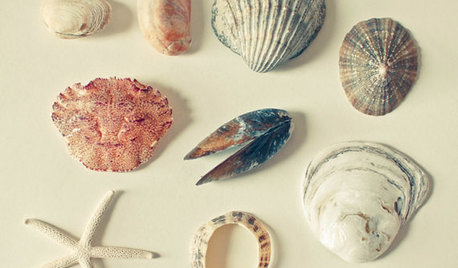
DECORATING GUIDESNature’s Color Wisdom: Lessons on Pink From the Great Outdoors
Leave your assumptions about pink at the princess playhouse door. Head outside instead for shades from shocking to subtle
Full Story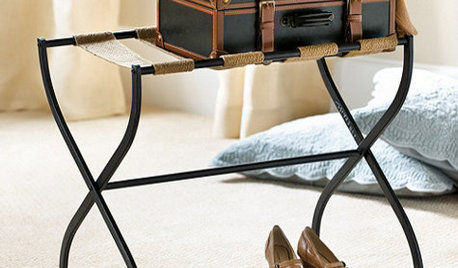
PRODUCT PICKSGuest Picks: Make Your Guest Room a Destination
Serene but not boring, these linens, accessories and decor will make your guests glad they skipped the hotel
Full Story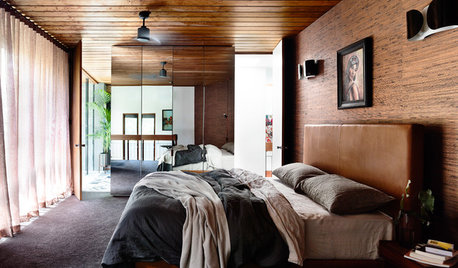
FEEL-GOOD HOMEThe Pros and Cons of Making Your Bed Every Day
Houzz readers around the world share their preferences, while sleep and housekeeping experts weigh in with advice
Full Story
HOUZZ TOURSMy Houzz: Making Way for a Modern Marvel
After tearing down, couple incorporates everything important to them: open plan, energy efficiency and their own works of art
Full Story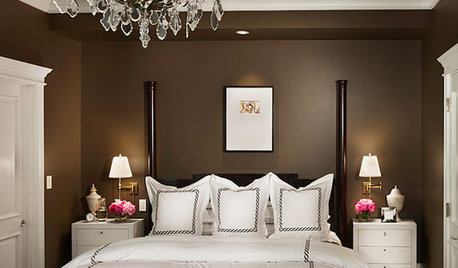
DECORATING GUIDESSingle Design Moves That Make the Whole Bedroom
Take your sleeping space from standard to extraordinary in one fell swoop
Full Story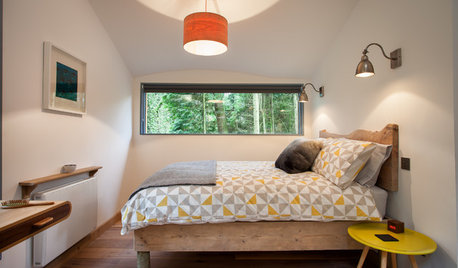
BEDROOMS10 Reasons to Update Your Bedding
Are you stuck in a duvet cover rut? Freshen up your linens and transform your bedroom in the process
Full Story
COLOR10 Reasons to Make a Splash With Tomato Red
You won’t duck at these tomatoes. See how bold red shades can play up architecture, light up a dark spot and add drama
Full Story





corgicamp
noinwi
Related Professionals
Hastings Furniture & Accessories · Medford Furniture & Accessories · Roseville Furniture & Accessories · Chino Hills Furniture & Accessories · Jacinto City Furniture & Accessories · Arkansas Interior Designers & Decorators · Boise Interior Designers & Decorators · Van Wert Interior Designers & Decorators · North Bergen Furniture & Accessories · Ventura Furniture & Accessories · Washington Furniture & Accessories · San Juan Capistrano Furniture & Accessories · Tamalpais-Homestead Valley Furniture & Accessories · Indian Creek Furniture & Accessories · Highland Village Staircases & RailingsTerrapots
noinwi